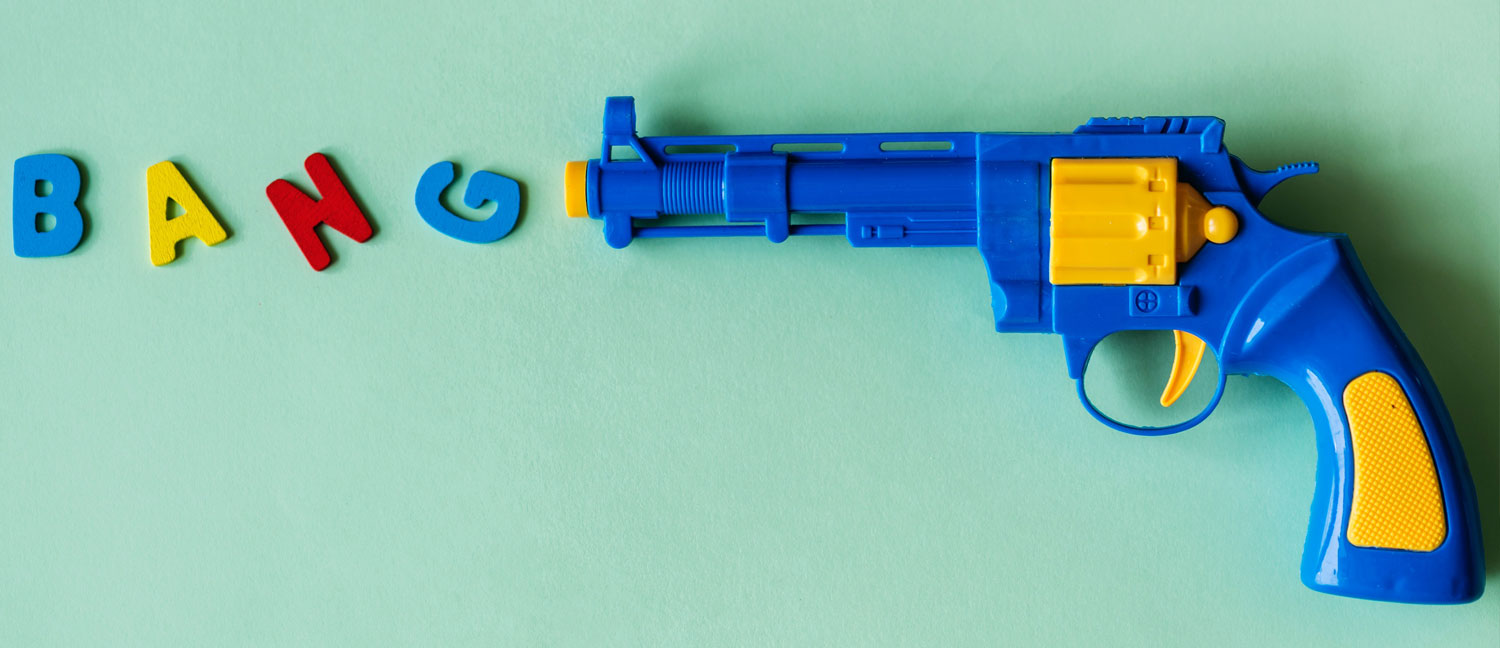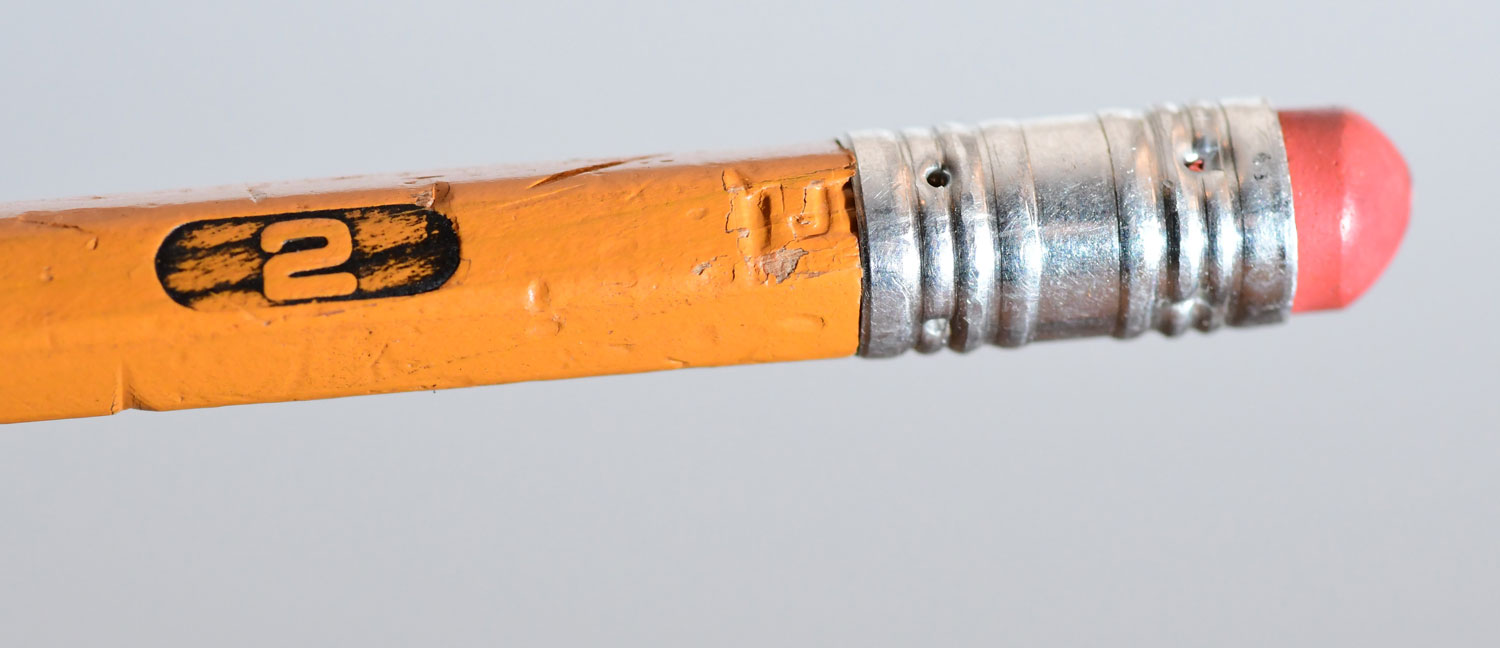Get rid of the body of pain: the solution
The body of pain (E. Tolle 2013) is a set of masses and heavy energies strictly dependent on the experience of an individual.
In this article we will try to give a meaning to the expression << body of pain >> and we will explain in summary how to erase the body of pain.
Emotional experiences “toxic” (mourning, mobbing, oppression, antagonism, etc …) the intake of drugs, alcohol, synthetic drugs, physical pain (burns, car accidents, surgical operations, etc.) contribute slowly to training / activation of an individual’s body pain.

The body of pain (which we call the register / reactive mind) helps to determine the situations that a person is able to deal with.
Let’s imagine for example a man who during his childhood lived the separation of his parents, registering in his body of pain (register) a threat of loss (which in terms of degradation of being is equivalent to a loss).
Once grown, this person will find himself, most likely, reliving unpleasant loss situations. Suppose, around the age of forty, our protagonist loses a dear friend (because he moves to another city). This situation could reactivate the emotions experienced during childhood at the very moment when the child achieved the separation of the parents. We therefore have an individual who during his life is faced with situations / stimuli that bring to the surface perceptions already experienced in the past. These perceptions are able to re-emerge precisely because they are recorded / recorded in the body of pain (mechanical register / mind).
Activation (coupling)

The body of pain is activated by similarity. It is organized according to a time axis, in which we find the events recorded and organized according to the principles of temporality and similarity.
It is these two principles that are the cornerstones of the work that aims to erase the emotional (karmic) component that keeps man anchored to his past.
Suppose we lived in a serious car accident in which we lost consciousness for several minutes. The accident occurred on a very busy road. This exposed us to different sound stimuli (car engines) and olfactory (exhaust gases).
It is clear that for such a person, city life can be really difficult. An individual who had such an experience in his register would find himself activating his body of pain every time his vision settled on a car or his sense of smell smelled of the city smog.
Deactivation (release)

For the protagonist of the car accident example, the only way out could be to spend as much time as possible in a small rural town, where the inhabitants’ favorite vehicle was the bicycle. For such a person, walks in the woods would be real joyful baths.
So far we have understood that, unfortunately, every individual finds himself more or less conditioned by what he experienced during his life. Whoever, more or less, is constantly subjected to this phenomenon of coupling and release from his body of pain.
Now, for completeness, we expose here some of the possible emotions / situations that we can find (and mechanically put on stage) in our body of pain: jealousy, anger, attachment, monotony, rigidity, misunderstanding, problems, feelings of guilt, loss, pain physical, emotional pain, despair, anxiety, panic, fear, terror.
From the body of pain can also arise evil intentions: the desire to destroy / kill, to sabotage, to cheat, to steal, to pollute, to poison, etc …
The cancellation of the body of pain

Now, as E. Tolle also argues, one of the causes of construction (which is not the only one, but only one of many) of the body of pain is the failure to digest a situation. This lack of digestion is a harbinger (carrier), unfortunately, over time, of a lack of ability to deal with situations similar to those not previously properly digested.
Let’s see the scheme:
Degrading moment =>
a) lack of cognitive digestion;
b) accumulation of experience in the register (body of pain);
c) creation of an inability / degradation;
Now let’s deepen:
a) the lack of digestion of a “negative” situation is the consequence of an inability to be (recoverable thanks to work on oneself);
b) the accumulation of experience in the register is an automatic phenomenon, which occurs below the threshold of an individual’s awareness. It is a mechanical phenomenon endowed with an autonomous and independent intelligence;
c) disability is the natural consequence of the experience registration process in the body of pain.
The solution to this degenerative process consists in bringing one’s attention (during a work session) to the recorded situation (with a “negative” emotional charge / unconsciousness). The being thus proceeds to the duplication of the content of the portion (of interest) of the register. During the duplication the subject recovers his ability to face the event and consequently to every possible similar situation. The emotional charge is digested (canceled) and with it every connected disability vanishes (thus rehabilitating the being). We proceed then to the previous similar moment. Here the synergy of the principle of similarity and temporality comes into play to go in search of the root moment that triggered the creation of the chain of unpleasant events (karmic chain).
The consequences of the body of pain

The consequences of the body of pain are unfortunately visible to everyone. Any irrational, unethical or destructive situation is the result of the manifestation of the effects of one or more bodies of pain. Groups of people, organizations, societies, nations, if moved by their core of negative experiences, are able to stage antisocial behaviors capable only of filling history books. Wars, genocide, oppression, attacks, are all consequences of the body of pain manifested on a collective plan.
In a family dynamic, quarrels, abandonments, betrayals, physical violence are further examples of body manifestations of pain. Newspaper chronicles are a further witness to the consequences of the body of pain that every day anyone (beyond their own will) can potentially implement.
